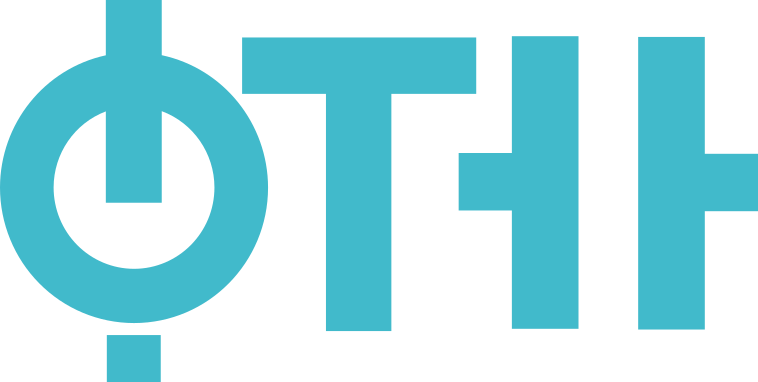Subject: Biomedical signals processing and analysis (17.BMI123 )
Native organizations units: Department of Power, Electronic and Telecommunication Engineering
Study programmes of the course:
| Type of studies | Title |
|---|---|
| Undergraduate Academic Studies | Biomedical Engineering (Year: 3, Semester: Winter) |
| Category | Scientific-professional |
| Scientific or art field |
|
| ECTS | 5 |
Introduction of advanced biomedical signal processing methods adapted to high demands in practice, considering the limitations of signal processing methods and ways of overcoming them, learning about time-frequency analysis methods and multiresolution analysis with applications to one-dimensional signals
Analysis of correlated processes and specific processing methods; power spectral density estimation; adjustment of processing methods for the analysis of non-stationary signals, types of time-frequency analysis, wavelets transformation, feature selection principles and relevant classification methods in diagnostic decision making
Analysis of coupled and correlated physiological processes, examples of coupled processes and interactions between systems - Signal characterization in the frequency domain: estimation of power spectral density (PSD) (parametric and non-parametric methods, the use of window functions, resolution and spectral leakage), measures that can be derived from the spectral density: relation of power, moments. Illustrative examples of application of the methods in the frequency domain - Specific analysis of non-stationary signal illustration of the examples of non-stationary biomedical signals, the use of time-frekvecnisjkih methods and specific, signal segmentation for further analysis, adaptive filters - Time-frequency methods, Multiresolution analysis, wavelets transform and discrete filter banks, the application of one-dimensional biomedical signals - The application of pattern recognition in the diagnostic decision-making, application examples and unsupervised classification methods, selecting relevant features with respect to the physiological background, the measures of diagnostics accuracy and reliability of the classifier
Lectures, laboratory analysis using the signals from patients and laboratory animals, obtained by courtesy of various research institutions from Belgrade; visit to hospital and cardiovascular laboratory to observe 1D signal acquisition, and to Imaging center to observe CT, PET, NMR.
| Authors | Title | Year | Publisher | Language |
|---|---|---|---|---|
| 1999 | English | |||
| 1999 | English |
| Course activity | Pre-examination | Obligations | Number of points |
|---|---|---|---|
| Project | Yes | Yes | 30.00 |
| Theoretical part of the exam | No | Yes | 70.00 |
Prof. Bajić Dragana
Full Professor
Lectures
Prof. Bajić Dragana
Full Professor
Practical classes

Teaching Associate Jankov Milica
Teaching Associate
Practical classes
Faculty of Technical Sciences

© 2024. Faculty of Technical Sciences.
Contact:
Address: Trg Dositeja Obradovića 6, 21102 Novi Sad
© 2024. Faculty of Technical Sciences.



